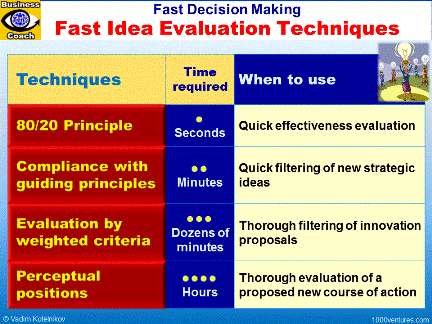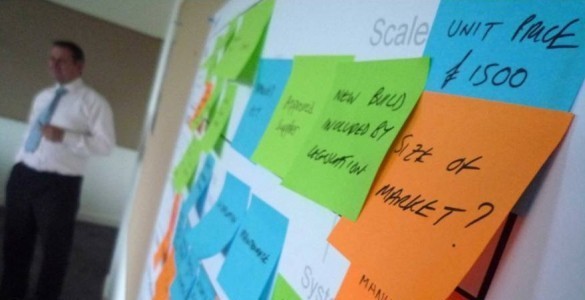Select Projects Using Evaluation and Decision Tools
Post on: 16 Март, 2015 No Comment

Rupesh Lochan 2
Across all industries, there is one area of Six Sigma that can mean the difference between success and failure of deployment: project selection. Whether the method is used in manufacturing or service organizations, the future of a deployment is always influenced by the quality of project selection.
Project selection typically starts with generating ideas. The biggest challenge is to select the ideas that have the highest chance of becoming beneficial projects. To help in this process, practitioners can use an organized approach for narrowing down and moving forward with the ideas that can be best converted into projects.
Methodology for Idea Filtration
Once project ideas are collected, they need to be evaluated further to determine if they fit within the organization’s critical parameters. If the organization has made the decision to invest resources for going ahead with a project, any decision to cancel the project at a later stage is bound to create time and resource wastage. Hence, it is imperative to test ideas on critical parameters, and commit resources and time only to those projects that are certain to be completed.
To increase the chances of success, all ideas generated for projects need to be evaluated on four parameters:
- Linkage with organizational importance
- Feasibility of execution
- Organizational buy-in
- Organizational benefit

A questionnaire can be used to test how well ideas fit within the four parameters.
Linkage with Organizational Importance:
- Is the idea linked with the business objective and priorities of the organization?
- Is the idea linked with the process-specific pain?
- Is the idea linked with internal performance measures or a service-level agreement with a customer?
Feasibility of Execution:
- Is the solution to the problem already known?
- Is data available for understanding the current magnitude of the problem?
- Is a system available for capturing data?
- What is the repeatability of the process to which the idea is linked?
- Is the idea linked with multiple sub-processes?
- Does the process linked with the idea require client or customer approval before making any changes?
Organizational Buy-in:
- Is the Champion interested in pursuing the idea as a project?
- Are suitable resources available for carrying out the idea as a project?
Organizational Benefit:
- What is the expected annual benefit from the project?
Each idea should be evaluated by taking it through the questions raised above. Once the team has collected answers to the questions, they can enter the information in Part B of the Six Sigma Project Idea Evaluator template (Table 1). Part A, which captures basic process information related to the ideas, should also be completed.














